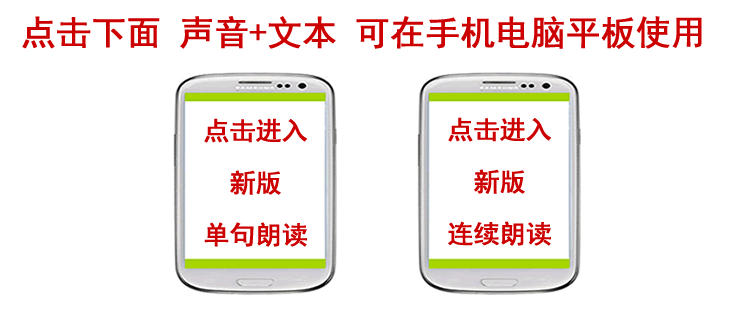金融世界第 2 讲: 货币的基本功能 上一讲中我们谈了货币的历史和它的三种基本功能。这三种功能的英文是:
1 Medium of exchange 交换媒介
2 Unit of account 计算单位
3 Store of value 价值储存手段
现代货币除了这三种基本功能之外,还必须具备三种特性,也就是:
1 portability 可携带性
2 durability 持久性
3 divisibility 可分性
从历史上来看,有很多不同形式的货币都因为不能完全满足这三种特性的要求而逐步被淘汰,让位给新的符合这些特性要求的货币形式。澳大利亚墨尔本大学商学院的哈珀教授对此作了介绍。他说:
In the earliest days, for example in ancient Babylon, measures of wheat were the money commodity. People would exchange other goods and services firstly by exchanging quantities of wheat. 古时候,比如在古巴比伦,小麦被当作实物货币使用。人们在交换其它货物和服务之前先要交换一定数量的小麦。
And eventually it was worked out by the Babylonian priests that they could hold the wheat in a central store and then simply keep records of who owned the wheat.后来巴比伦的祭司们发现,他们可以把小麦保存在一个中心仓库中,然后只需要记录下谁拥有这些小麦就可以了。
And rather than physically moving the wheat around, eventually we had a primitive system - quite advanced by the terms of the day - of record keeping. We had ledgers.
这样就用不着把小麦搬来搬去了,于是我们就有了在当时条件下很先进的原始簿记制度,也就是分户账。
哈珀教授在谈话中提到这样一些词汇:
1 money commodity 商品货币,实物货币
2 primitive system of record keeping 原始簿记制度
3 ledger 分户账
接下来,澳洲广播电台金融节目主持人巴里克拉克解释了货币的持久性和可分性问题。他说:
So even though the problem of portability was solved, a further one was still present, that of durability. Because wheat perishes over time, it's not a good store of value. 尽管可携带的问题解决了,进一步的问题仍然存在,也就是持久性的问题。因为小麦随着时间的推移会腐烂,它不是好的价值储存手段。
What are good stores of value, of course, are precious metals such as gold and silver. It's not difficult to see why these became a form of money, but in their earliest forms, they were not easily divisible. 好的价值储存手段当然是贵重金属,比如金银。因此很容易理解为什么它们会成为一种货币。但是在它们最初的形态,它们并不容易被分割。
You didn't always have the precise amount, or you couldn't get change. So divisibility is a key property of money. 你不会总带有确切的钱数,或者你无法获得找零。因此可分性是货币的一个重要特性。
不过,随着我们走入了电子货币的时代,这些货币特性的定义也许又要重新改写。

